
Japanese onsen ryokan adapts to the new normal after being in business for over 1,300 years.
Japan is home to a large number of long-established businesses, including two of the oldest hotels in the world: Yamanashi Prefecture’s Keiunkan and Ishikawa’s Houshi Ryokan.
Houshi Ryokan held the Guinness World Record title for the world’s oldest hotel until 2011, when Keiunkan pipped it at the post, taking the title after its opening date of 705 was found to have preceded Houshi’s 718 founding by thirteen years.
▼ Houshi Ryokan is so old it’s even been depicted in paintings from the Edo Period (1603-1868).

While the two hotels have been accommodating guests–including luminaries like daimyo Takeda Shingen, shogun Tokugawa Ieyasu, and numerous emperors–for over 1,300 years, both are now sadly struggling due to the drop in visitors brought about by the coronavirus pandemic.
The hotels have since discounted their prices to help entice guests, which means people who couldn’t previously afford to pay the usual 30,000 yen (US$271.14) ballpark fee for a room can now fulfil their dreams of a stay and a soak in the historic hot spring waters. Our Japanese-language reporter Seiji Nakazawa is one of those people, and he didn’t waste any time in making a booking, choosing to head out to Houshi Ryokan for a night to remember.
▼ Arriving after sunset makes the legendary ryokan appear even more atmospheric.
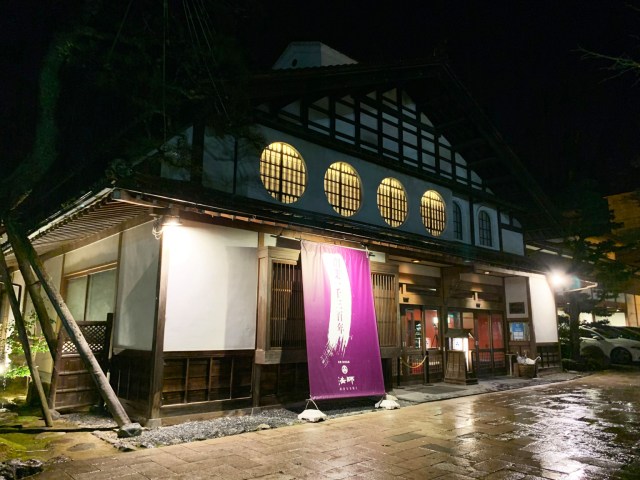
Stepping into the lobby, Seiji was greeted by dark wood panels, paper-screen lanterns, and a high ceiling that exudes a sense of old-school luxury.
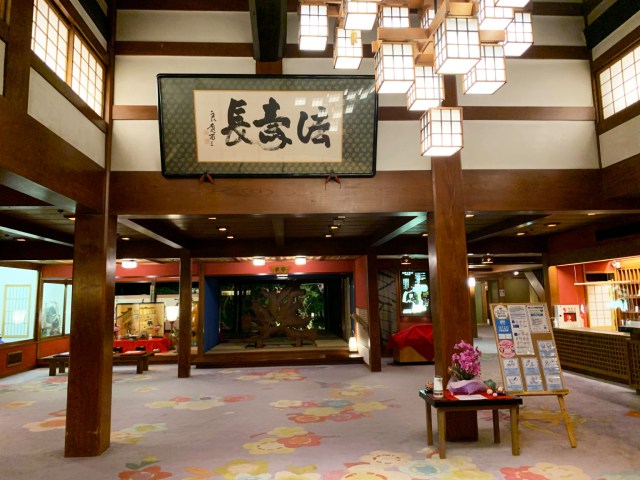
After checking in at the reception desk, Seiji looked around for a porter to help him carry his luggage to his room, a service often provided at luxury ryokan. However, the ryokan seemed to be operating with minimal staff, so when no one appeared, he enquired and was told that guests were now being asked to use the trolleys provided to take their own luggage to their rooms.
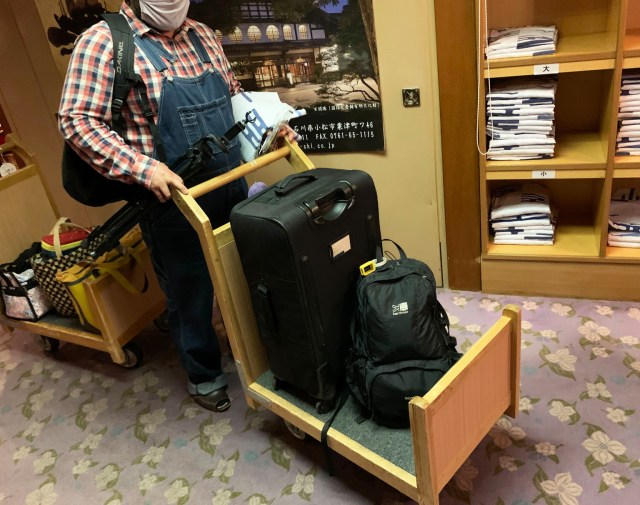
Seiji didn’t complain, because after paying 13,000 yen for his room, which came complete with two top-quality meals, he remembered he’d booked a “self-service stay” plan, which meant some of the luxury extras had been trimmed in exchange for the discount.
▼ So Seiji took a look at the signboard to familiarise himself with the layout of the building…
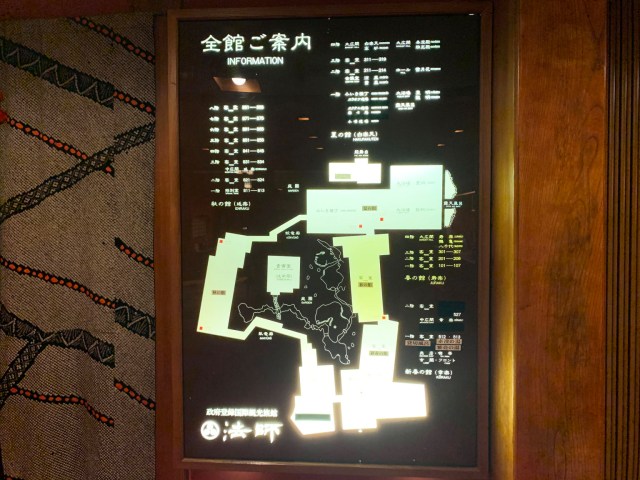
▼ And took the elevator up to his room.
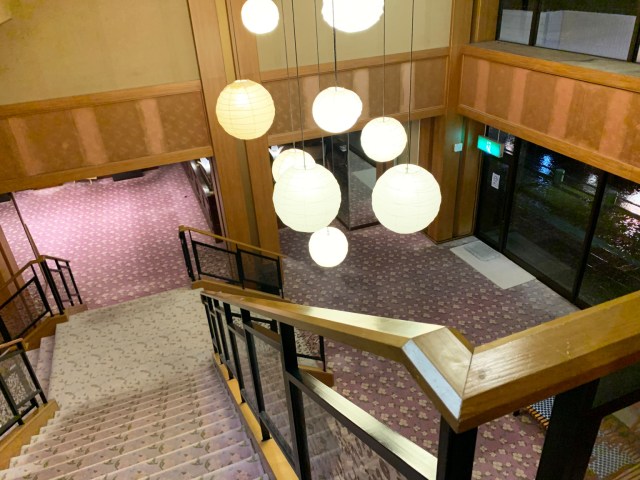
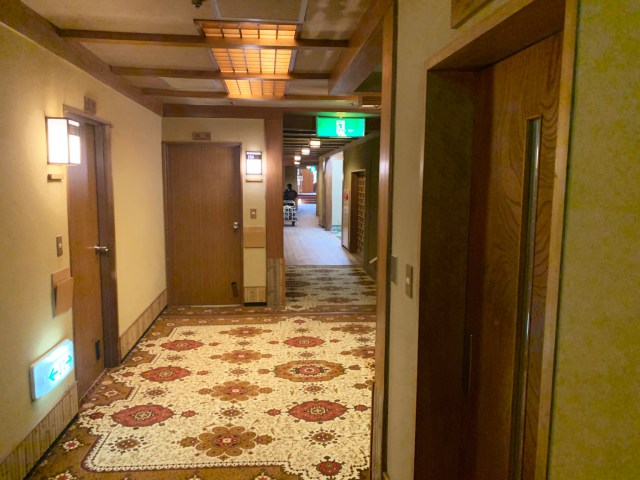
▼ While admiring some of the fancy Egyptian-styled decor on the way.
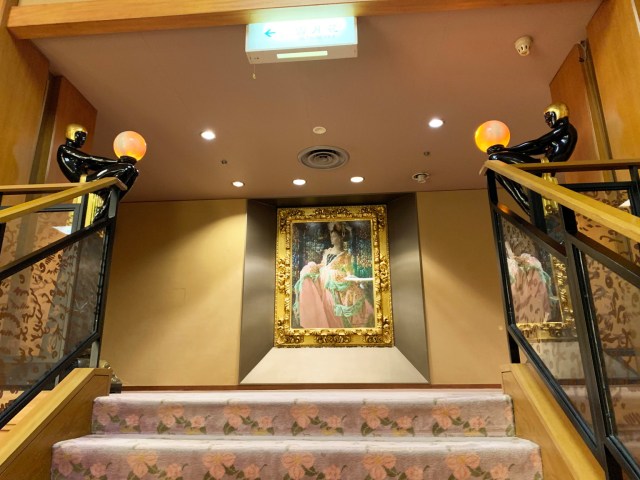
Given that the price he’d paid to stay here for the night was roughly equivalent to what you’d pay for a night at a business hotel, Seiji wasn’t sure what to expect when he opened the door to his room. He needn’t have worried, though, because the space was bright, clean, and much bigger than what he’d expected.
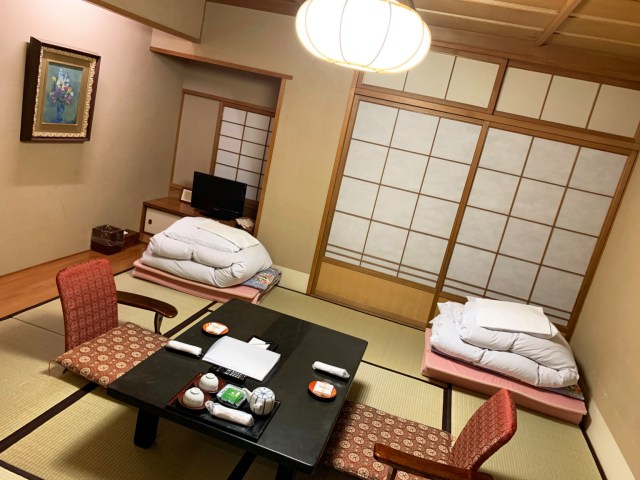
He particularly loved the fact that it came with a hiroen, a Japanese-style enclosed verandah. Not all ryokan include rooms like this, which are designed so that guests can enjoy views of nature, and this one was extra special because…
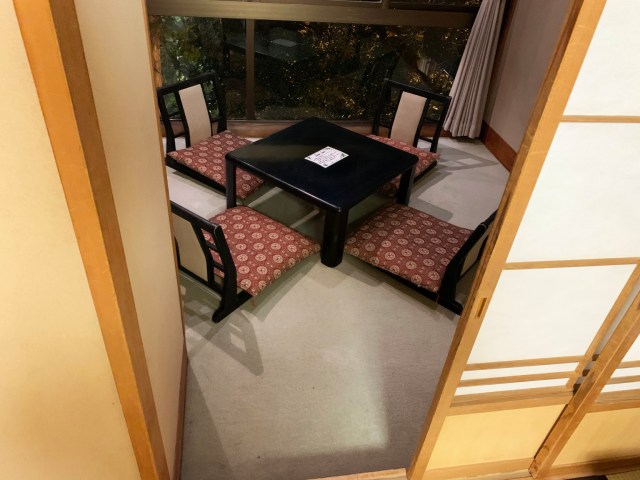
It comes with a sunken kotatsu known as a “hori-gotatsu“, which has a recessed floor underneath the low table, so you can sit at it like you would at a Western-style table.
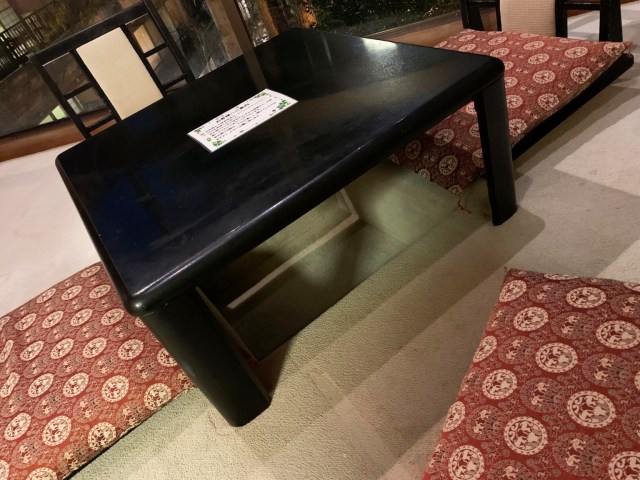
Seiji felt as if he could happily sit here and stare out at the trees all evening, but that’s when he heard a voice calling to him from outside the door to his room. When he opened the door, he saw a member of staff greeting him with a smile…and a trolley full of food.
On a usual evening, staff would serve Seiji his meal in stages while he was seated at the table inside, but ever since the pandemic, staff are no longer allowed to enter guest rooms with guests. So the staff member apologised and asked Seiji if he wouldn’t mind serving himself with the food he’d brought, as part of the “self-service stay” plan.
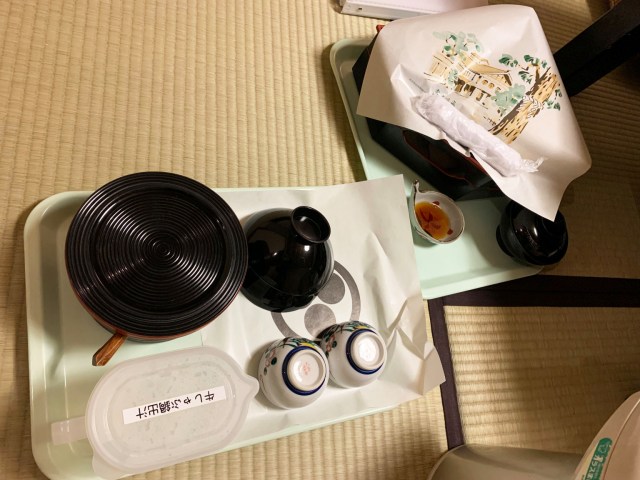
Again, Seiji was more than happy to oblige with this self-service request, and it didn’t take him long to set up the table with everything he’d been given, as it was all pre-prepped and nicely arranged on plates.
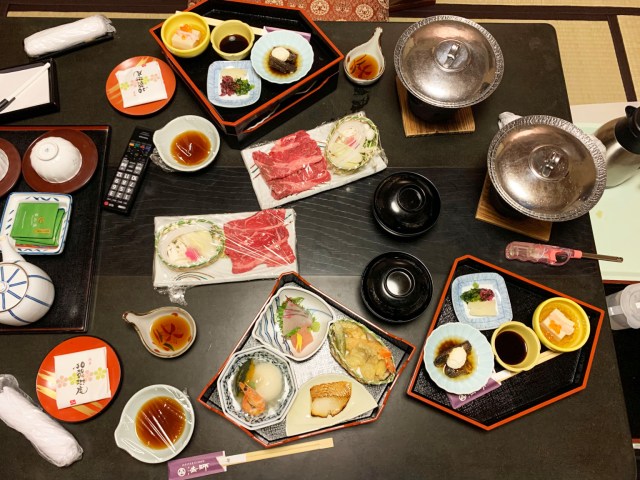
The dinner plan included with his stay was dubbed a “bento” supper, but this was no ordinary bento, as it came with classy ingredients like sashimi, tempura, grilled fish, simmered dishes, and a beef shabu shabu hotpot.
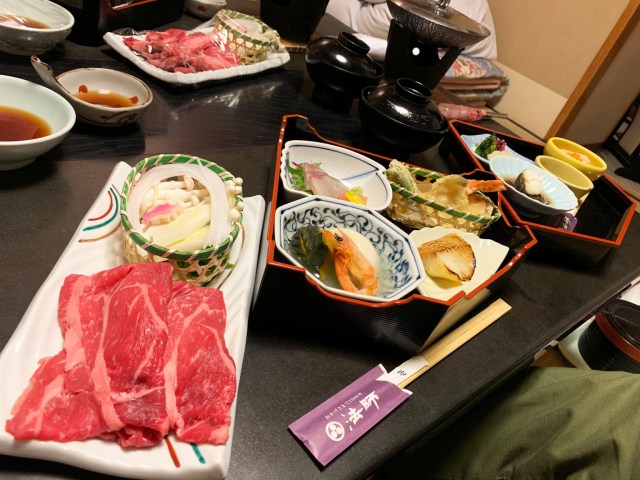
Every dish was delicious and by the end of it all, Seiji actually preferred this self-service style of dinner. While it’s nice to be have your meal served to you by a friendly host, there’s sometimes a feeling of pressure to make light conversation and finish your dish by the time the server returns to the room. However, by serving himself, Seiji was able to enjoy a relaxed dinner without any interruptions.
▼ And to clean up, all you have to do is put your trays on the cart that’s been left in front of your room.
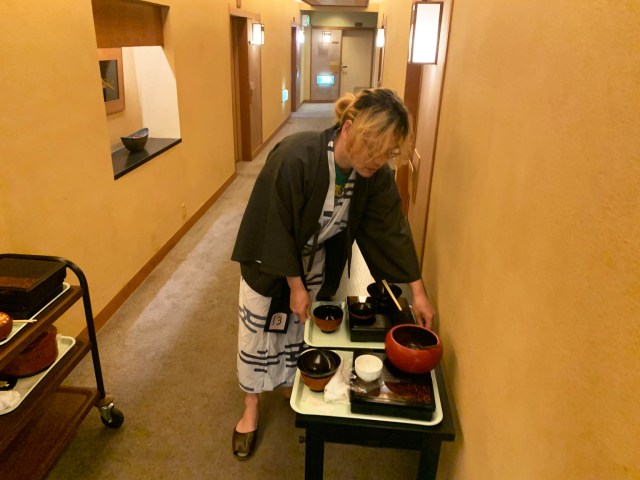
Then it was time to enjoy the natural hot springs, which the hotel was originally built around after they were discovered by a woodcutter and a monk who’d had a vision about the healing waters in the 700s.
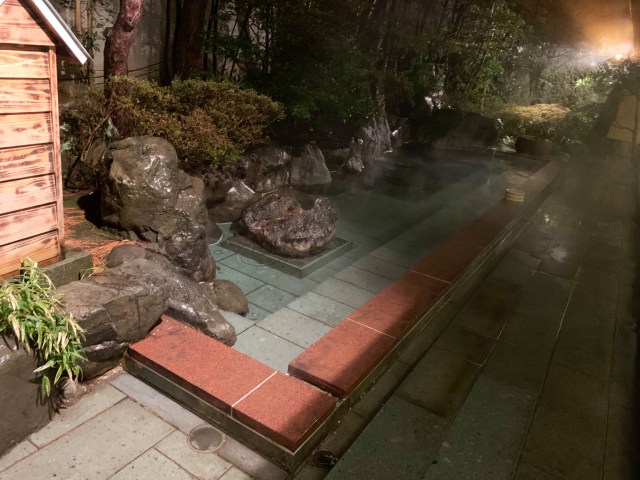
▼ Then there was time for a nightcap at the bar before heading off to bed.
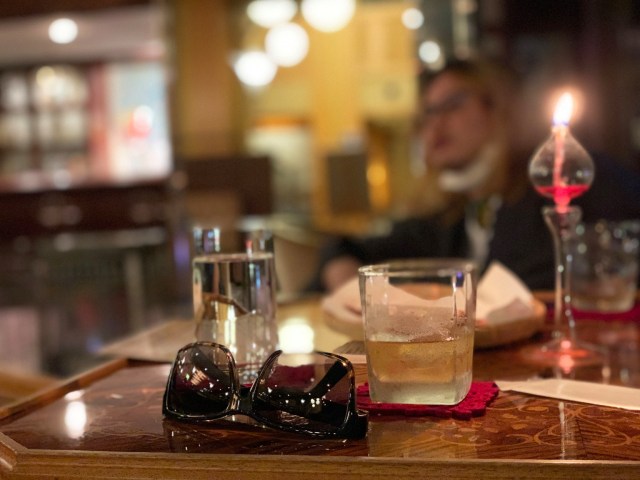
After a bissful night’s sleep, Seiji enjoyed a hearty self-service breakfast in his room and spent some time admiring the peaceful, natural scenery.
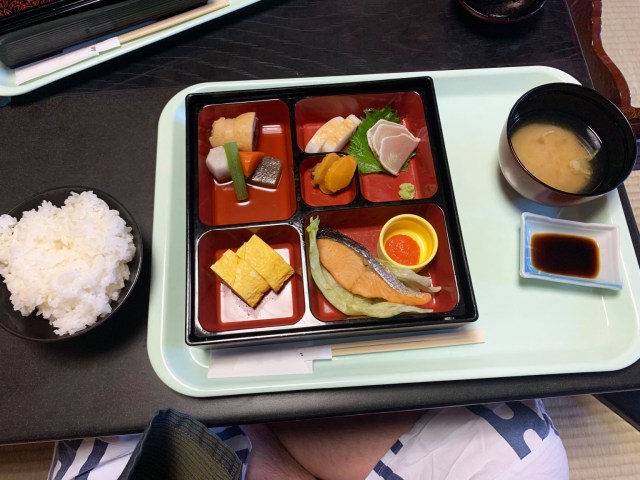

▼ He also made time for another soak in the ryokan’s healing waters.
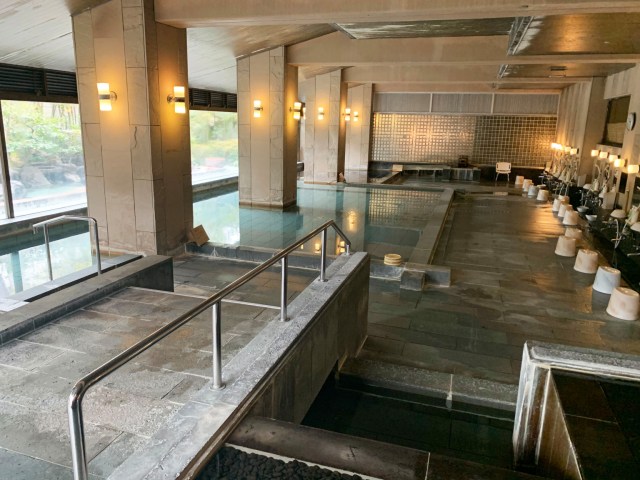
As he walked around the hotel in the morning, he was able to appreciate the beautiful Japanese garden on the grounds.
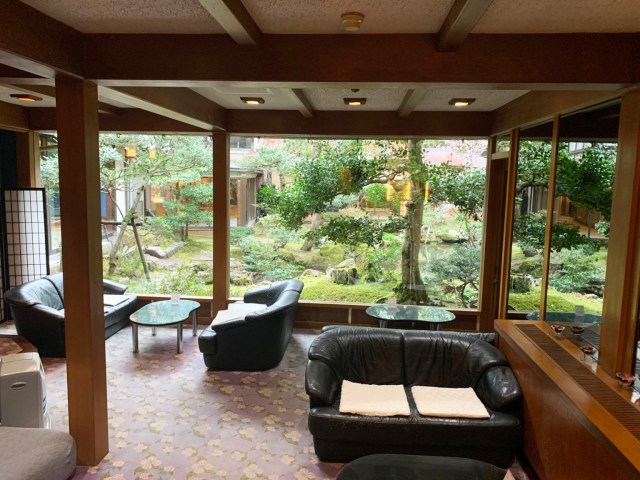
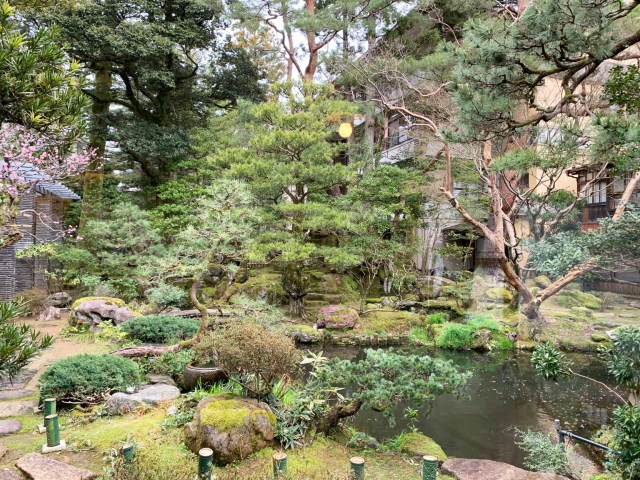
This is where guests can catch a glimpse of the Enmeikaku VIP Hall, a lodge constructed using traditional joinery methods, without the use of a single nail. Located in the centre of the garden, Enmeikaku is a special wing of the hotel where VIP guests like Imperial Family members have stayed, and in 2016 it was designated a Registered Tangible Cultural Property of Japan.
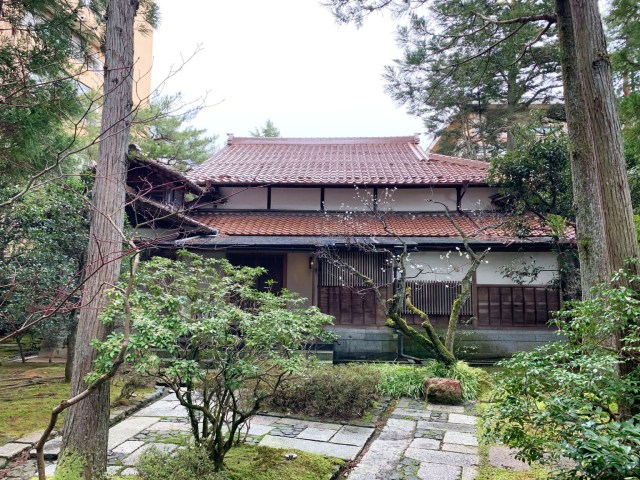
Seiji spotted some interesting displays during his stroll, including this signboard, which details the minerals and health benefits of the hot spring waters…
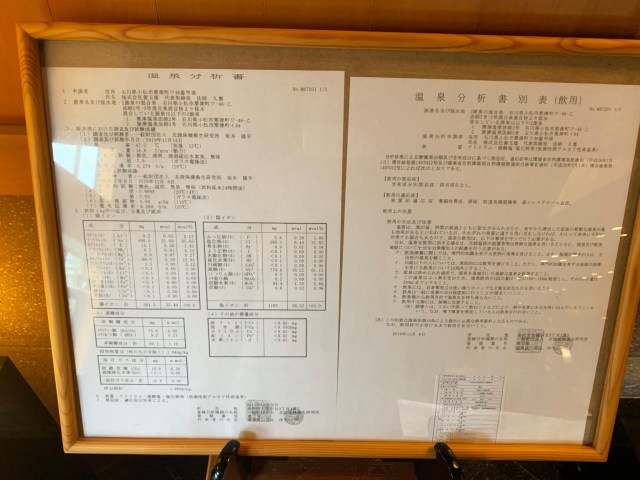
…And this display of an old water spout, along with an Edo-period ink painting above the wall showing Houshi Ryokan as it used to look centuries ago.
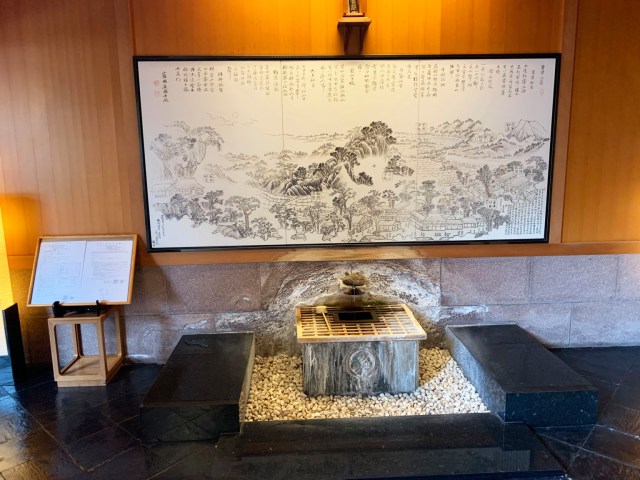

▼ The slanted pine tree in the middle of the painting can still be seen on the grounds today.
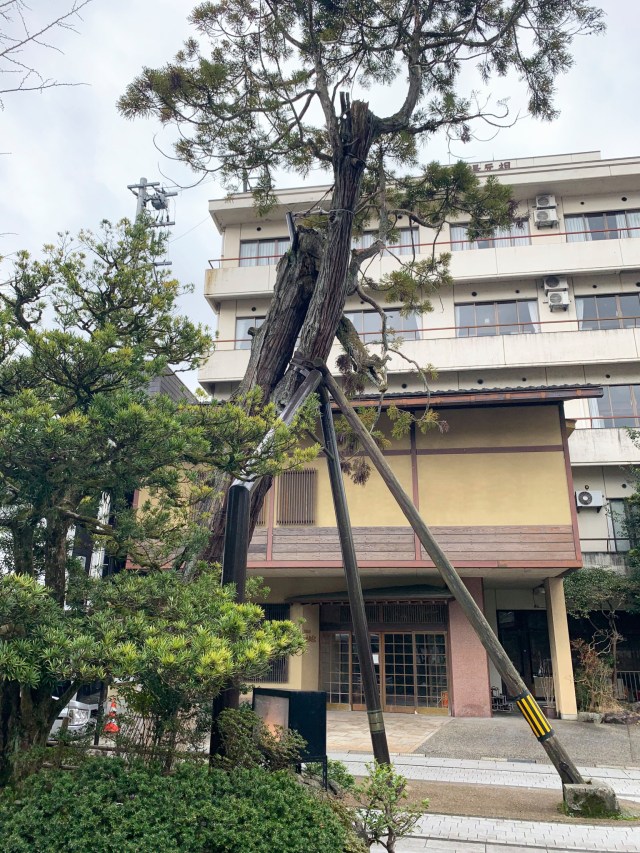
Given the hotel’s incredibly long and esteemed history of treating guests to a taste of luxury, Seiji wanted to find out more about its decision to introduce the “self-service stay” plans and whether they’d been well-received by the public.
▼ So he spoke to Mr Saka, the manager of the ryokan, who was more than happy to answer his questions.
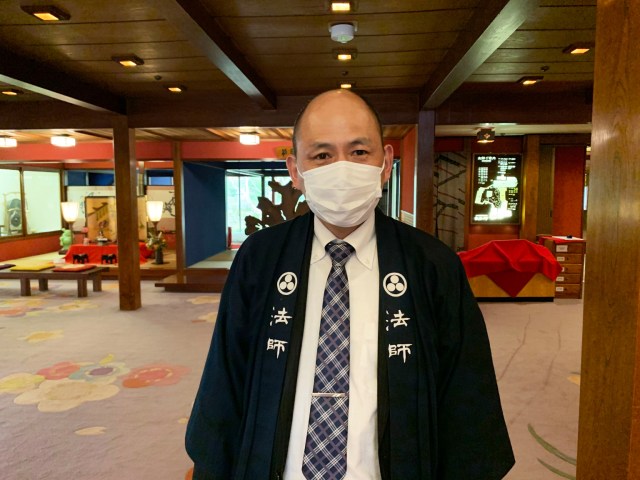
According to Mr Saka, the self-service plans started in 2020 to help put guests at ease during the growing pandemic, and while it came as a bit of a surprise to customers at first, and was even met with some controversy in local newspaper reports, it’s now become the norm.
Mr Saka says the self-service plans, which start at 8,000 yen, are set to continue for the time-being, as they’ve had an overwhelmingly positive response from guests, who’ve commented on how easy and comfortable it makes their stay.
The hotel is now thinking of continuing the plan as an option for guests even after the coronavirus outbreak eases, and Seiji himself thinks this is a great idea, as it allows guests to maintain control over how they use their time at the ryokan, taking all the stress out of their stay.
Here’s hoping the new self-service plans work to help the business through the current crisis, because after hearing about the sad closure of an Edo-period restaurant and the liquidation struggles of the prior owners of Keiunkan, there’s never been a more important time to help preserve the fragile history of Japan’s oldest businesses.
Ryokan information
Awazuonsen Houshi Ryokan / 粟津温泉 法師
Address: Ishikawa-ken, Komatsu, Awazumachi 46
石川県小松市粟津町ワ46
Website
Photos ©SoraNews24
● Want to hear about SoraNews24’s latest articles as soon as they’re published? Follow us on Facebook and Twitter!

No hay comentarios:
Publicar un comentario